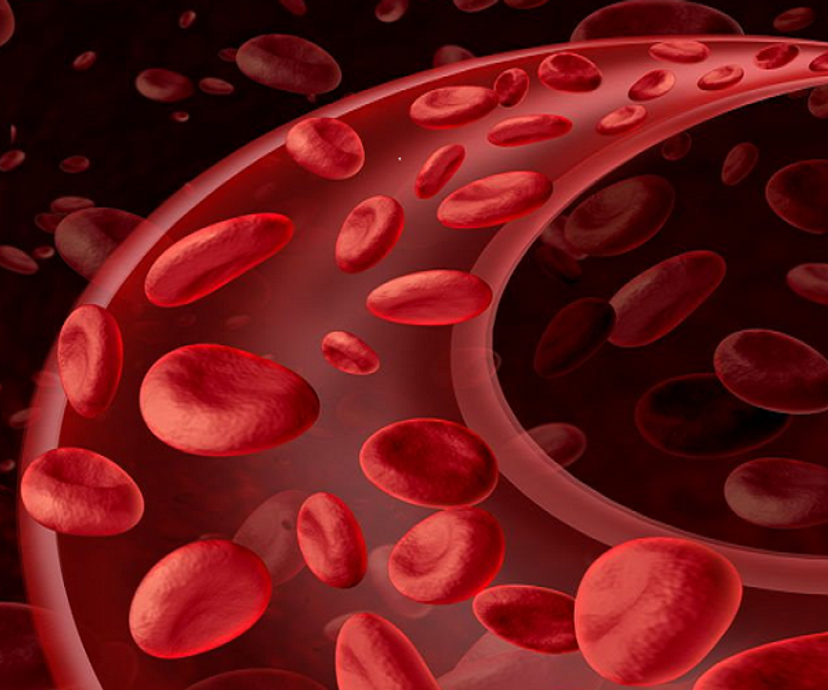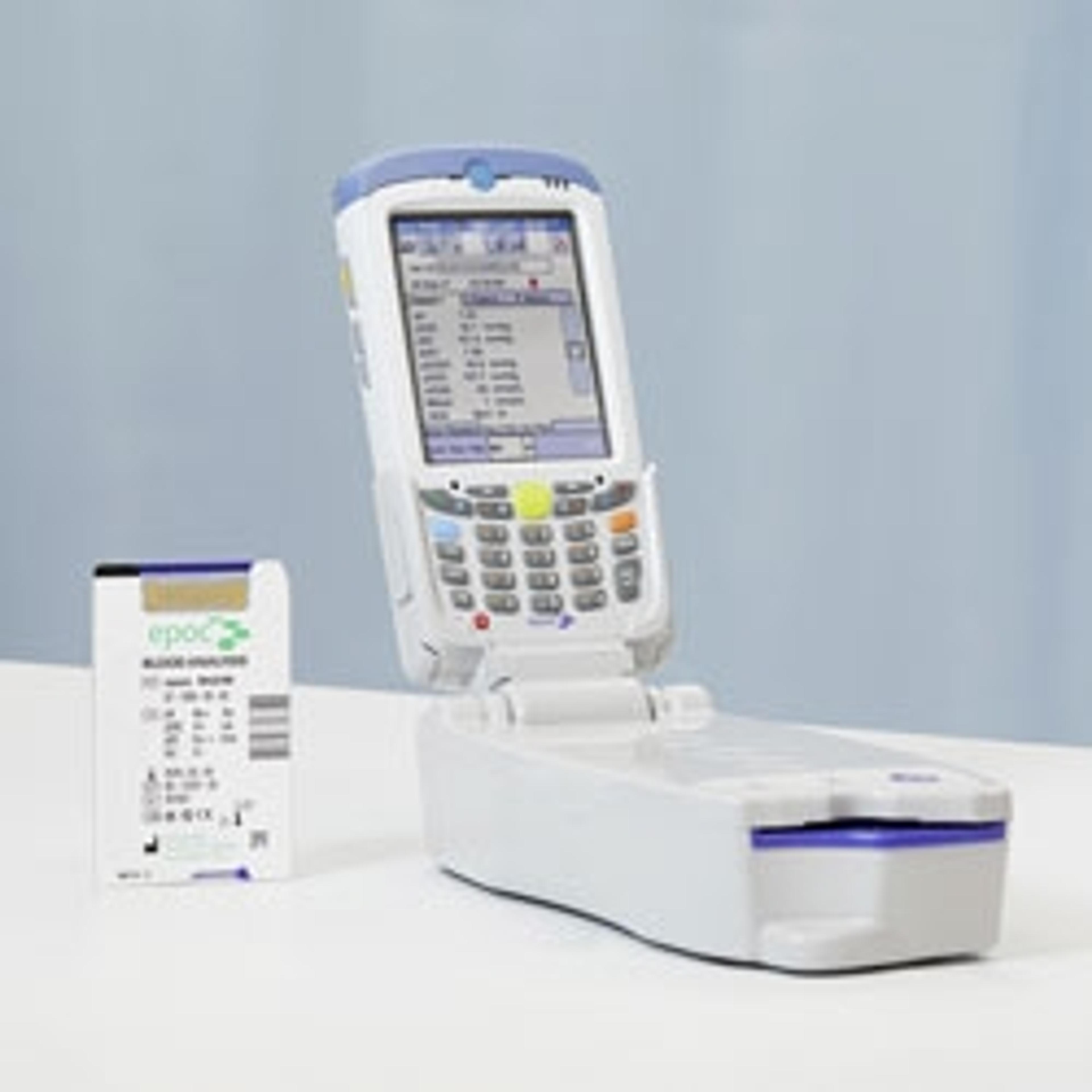Preventing Thombi Formation in Real Time: Could This Wearable Device Prevent Millions of Deaths Worldwide?
Scientists based at the Moscow Institute of Physics and Technology have designed a portable device for rapid correction of hemostasis abnormalities – SelectScience editors find out more
1 Apr 2019
The formation of vessel-occluding thrombi can occur over a matter of minutes, and therefore remains a leading cause of death worldwide. A fascinating paper recently published in the open access journal PLOS ONE described the development of a novel ultrasound-based device to address real-time monitoring of thrombotic pathologies in high-risk patients, for early-stage intervention. Here, SelectScience speaks to co-author and senior researcher at Moscow Institute of Physics and Technology, Dr. Konstanin Guria, to learn how this new technology could save millions of lives worldwide.

Tell us a bit about your work
I am working on developing new technology to improve the treatment and monitoring of thrombolytic disease, and co-authored a paper published in PLOS ONE, titled: “Control of fibrinolytic drug injection via real-time ultrasonic monitoring of blood coagulation”.
Why is there a need for improved clinical intervention for patients with thrombotic diseases?
Thrombotic diseases kill more people worldwide then cancer and AIDS together. Although blood coagulation is a physiological mechanism of blood loss prevention, it can have major adverse effects in pathological situations. For instance, in myocardial infarction and stroke, thrombi can form and obstruct blood vessels within just a few minutes. This makes these diseases some of the most insidious and deadly.
What was the rationale behind this study?
The main idea behind the study is to provide a new tool for rapid correction of hemostasis abnormalities in clinical practice. Currently, thrombolytic drugs are used to dissolve life-threatening thrombi, but their efficacy strongly decreases over time once the thrombi is formed. The therapeutic window is about 0-1.5 hours. That’s why, in acute thrombotic situations, every minute counts. Our idea was to combine a non-invasive portable, or ‘wearable’ monitoring technique, with an automated drug-injector, to provide means for rapid pharmacological intervention in such conditions.
Why is there a current trend towards developing portable, wearable devices?
The creation of wearable or even implantable life-assisting devices is a global trend nowadays. I think that it is a natural result of the advancement of technology taking place. Millions of people today live with artificial cardiac pacemakers, for example. Another good example is implantable insulin pumps currently used in clinical practice, which our approach – for correction of hemostasis – is similar to.
Visit the SelectScience Clinical Community for more news, resources, and educational content >
So how does your technology really work, and how is it unique?
Previously, our team has already reported that ultrasound can detect blood coagulation under flow conditions. The key advantage of this approach is that ultrasound is non-invasive and can reach deep-seated blood vessels, including the large arteries, where thrombus formation is most dangerous.
In the present work published in PLOS ONE, we aimed to investigate how early detection of coagulation onset might improve thrombi dissolution. Using an in vitro blood flow model, we created an artificial feed-back system containing an ultrasonic detector and automated drug-injector.
What were the key findings of the research?
Our experiments have shown that ultrasound is capable of detecting early-stage thrombi formation, and subsequent pharmacological intervention can correct haemostasis fast and efficiently, preventing the formation of large clots. This finding opens new avenues for the creation of a novel class of devices for haemostasis monitoring and correction.
How do you think these results could transform thrombi intervention in the future?
In principle, we think that a portable or even implantable device could be of assistance to patients with high risk of thrombosis. With ultrasound, such a device could provide not only the monitoring of blood clotting and fibrinolysis, but also active control of these processes. Our miniature portable injector, with several sensors placed on critical arteries, could inject thrombolytic drugs directly at the early stages of clotting – to correct hemostasis faster and, ultimately, save lives.
Prior to the creation of this device, a large amount of work including animal studies should be performed. This will require convergence of several branches of modern science and medicine, including thrombosis, hemostasis, ultrasonics and robotics. Our team is always open to new collaborations with experts in these fields.
More details and some statistical data can be found at World Thrombosis Day website: http://www.worldthrombosisday.org/issue/thrombosis/

